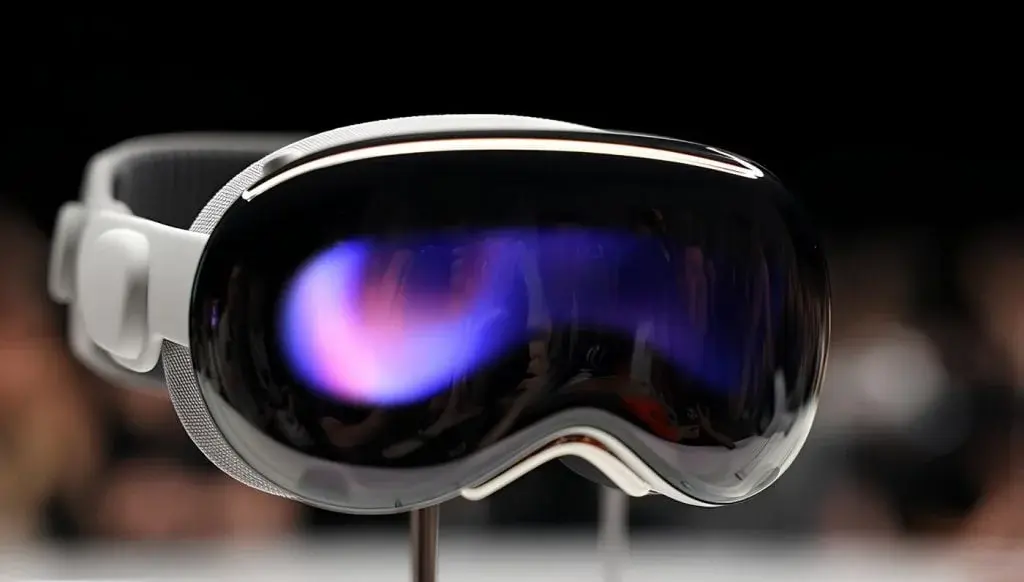Apple has recently been granted a patent by the United States Trademark and Patent Office (USPTO) for the internal fan system integrated into the Vision Pro headset. This innovative fan system is designed not only to manage airflow within the headset but also to address external impacts, such as accidental drops, providing a protective mechanism for the fan motor system.
Protective Features of the Fan System
The patent details the fan system’s protective features, particularly its ability to mitigate the impact of external events like accidental drops. In scenarios where head-mounted display components have limited space between them and lack flexibility, the patented system introduces a novel approach.
The motor housing, fan hub, and fan blade work together to absorb and disperse the energy generated during an impact event. Figures in the patent illustrate the deformable configuration of the motor hub when subjected to external forces, showcasing the system’s ability to adapt and reduce structural stiffness.
Enhanced Durability Design
The fan blade assembly, highlighted in Figure 9 of the patent, reveals a specific design feature aimed at enhancing durability. The fan blade includes a fuse location adjacent to the motor hub, where the cross-section is narrowed or thinned. This strategic design allows the fan blades to deform, twist, squeeze, or separate in response to external forces, contributing to the overall protective function of the fan system.
Potential Application in the Vision Pro Headset
The significance of this patented protective fan system lies in its potential application in Apple’s Vision Pro headset, a device geared toward delivering an immersive VR experience. As technology companies continue to invest in VR and augmented reality (AR) innovations, Apple’s emphasis on durability and impact resistance sets its hardware apart.
While the patent provides insights into the protective features of the Vision Pro headset’s fan system, it remains to be seen when and how Apple will implement this technology in its future extended reality (XR) offerings.


Leave a Reply